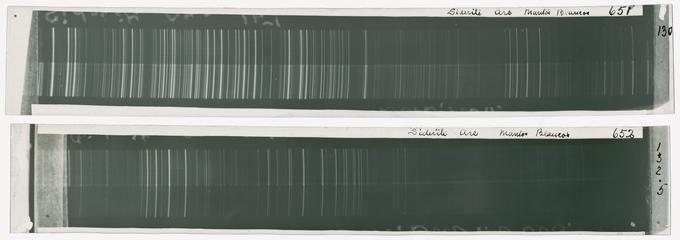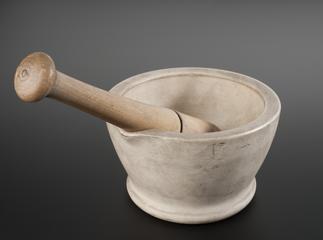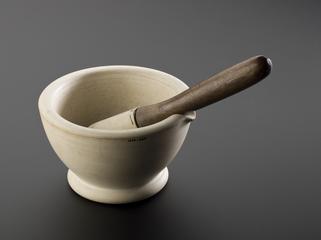
Prototypes of chemical detectors, including palladium transmodulators and a coulometric electron capture detector, made by James Lovelock
- maker:
- James Ephraim Lovelock

A selection of prototypes and experimental components for chemical detectors developed by James Lovelock, c. 1970s. Prototype transmodulators components were developed for NASA’s Viking mission to Mars, made by Lovelock and NASA engineers at the Jet Propulsion Laboratory, Pasadena, California, USA, c. 1975. Lovelock was experimenting with using palladium alloys which, when heated to over 200 degrees Celsius, would act like a pump, removing hydrogen from air samples. The selection also includes a coulometric electron capture detector, a modification of Lovelock's sensitive detector of halogenated hydrocarbons.
Scientist and inventor James Lovelock consulted for NASA during preparations for the Viking mission to Mars of 1976, aiding with the design and development of sensitive chemical detectors for analysing samples of the Martian atmosphere. He developed palladium coils, which were components of sampling devices, to be tested and refined by NASA’s engineers before being sent into space.
Details
- Category:
- Experimental Chemistry
- Object Number:
- 2012-120
- Materials:
- palladium alloy, copper (alloy) and glass
- type:
- transmodulator
- credit:
- Lovelock, James Ephraim




